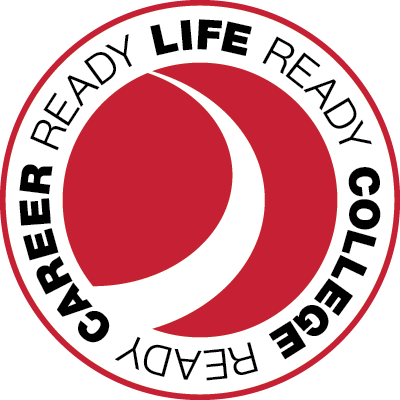District 214 takes tech support to the community
/By David Beery
Sometimes thinking outside the box means thinking - and venturing - outside the building.
So it is with High School District 214 Technology Department mobile help desk units. With COVID-19 compelling the District to rely primarily on remote learning as the academic year begins, each of the District’s six comprehensive high schools is dispatching tech staff members into the community to help students resolve problems that crop up.
“Why are we making people come to us when we could go to them?”
District 214 techs are setting up shop in local parks or elementary school grounds and taking care of students’ needs. Sometimes that means swapping out an iPad that needs repair, or assisting with balky passwords. Sometimes it means delving into a Zoom issue or loading onto an iPad a learning app that had gone missing. But almost always, it means meeting student and family needs by answering questions and handling matters that tech staff would field face-to-face at school if not for the pandemic.
Like many good ideas, this one stemmed from collaboration - this time in the form of a problem-solving conversation among colleagues. Tony Schlorff, district director of instructional technology & technology services, explains: “I was talking with our tech supervisor at Prospect, Kevin Kolcz. We were brainstorming: How do we continue to support our students and parents when they’re at home? In the spring, when COVID shut down everything so suddenly, we created a knowledge-based website for students needing help. That’s what we could do when we were up against a time crunch. This summer we had more time to plan. What could we do differently?”
“We had a help desk still running,” Schlorff said, “but it was still ‘Send an email, and we’ll get back to you.’ Or, ‘Call and we’ll get back to you.’ And so many times, when you need support, you need it right then.”
Eventually, their discussion led to Schlorff asking: “Why are we making people come to us when we could go to them?” He asked Kevin to develop a plan based on that concept. Within only a day or two, he did it.
“Kevin sent me a text saying, ‘I’ve got this whole plan,’ ” Schlorff explained. “It looked good, so we fine-tuned it and sent a message to parents and students that we had picked some spots, mostly at parks and elementary schools that are neighborhood-located. Then we set up a recurring schedule, saying ‘We’ll have a support person at this spot for a couple of hours every Tuesday at a certain time.’ ”
On the first day that Prospect set up its mobile help desk - with masks and social distancing in place - a line of students and parents had formed even before starting time.
“The feedback from parents was great,” Schlorff said, “They said, ‘This is amazing. We didn’t know how to help and the kids are so used to going to the help desk at school.’ ”
Seeing the demand for the service and hearing the appreciation expressed by parents and students alike, Schlorff challenged the tech supervisor at each of the District’s schools to tailor his or her own mobile help plan.
“I told everyone it doesn’t have to be this plan,” Schlorff said. “It doesn’t even have to be super similar. I just want us to be able to meet the needs.” Each tech supervisor responded with a plan to meet its community's needs. Elk Grove and Wheeling high schools, for instance, are scheduling more weekend hours for their mobile help desks, knowing that schedule works better for many families in those buildings. Each school has tried to establish a recurring schedule, so students can count on a mobile help staffer being available at a certain spot and certain time each week. Tech supervisors have deployed their staff so that some members are working at mobile sites while others continue to take help requests sent via email or phone.
Schlorff and his team are already looking ahead. Outdoor mobile help desks under open awnings that work well in September or October temperatures might not seem as accommodating in November or December. Because public health metrics will guide District 214’s decisions to either bring more students back to the buildings or continue largely with remote learning, and because the pandemic’s course has proven difficult to predict, the Technology Department is scouting for possible indoor mobile help desk locations that could accommodate social distancing, should that prove necessary. Also on Schlorff’s radar is the option of finding a bus or van that could be modified to serve longer term as a help desk on wheels.
The Technology Department is offering other avenues to accommodate student needs during the pandemic, providing, for instance, electronic lockers, which Tech staff and students use to securely swap out a device. Schlorff is working on ideas to make such lockers work for students who may not have transportation.
It all, Schlorff says, comes back to continuing to work on the same question: “How do we continue to support our students and parents when they’re at home?”




